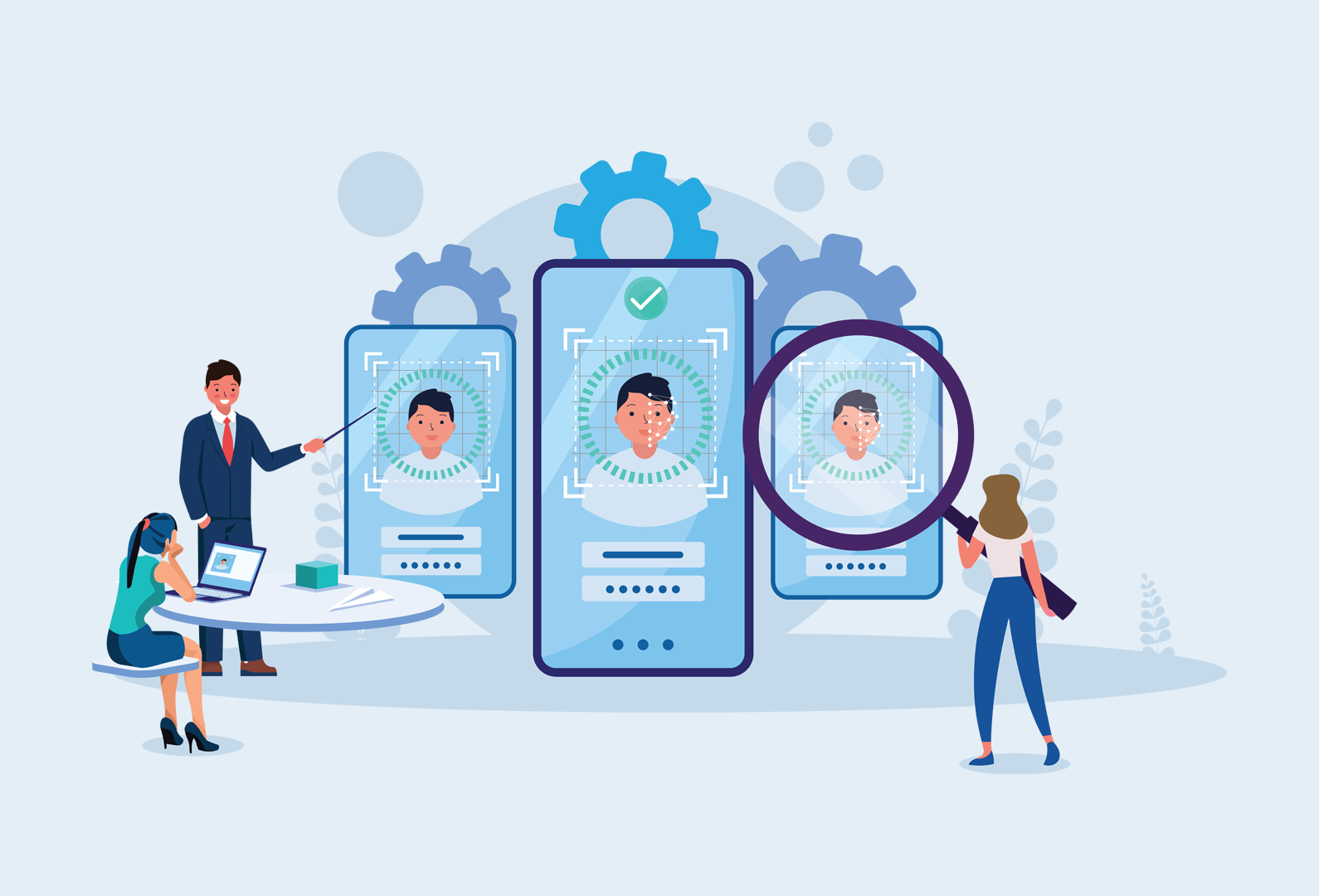Identity checks for DBS – Digital identity validation vs face-to-face identity checks

No matter what level of Disclosure and Barring Service (DBS) check you need to make, there are 2 essential validation requirements you must carry out as part of the process: to validate your applicants’ identity and to receive proof of their current address.
In 2022, the UK Government updated guidance around DBS checks to include a Digital Scheme allowing an employer making DBS checks to do so ‘digitally’ (i.e. remotely). Digital checks must be carried out by a certified Identity Service Provider (IDSP). Employers can also continue with face-to-face checks in the normal way.
As a certified IDSP, at TrustID we’re asked lots of questions by employers about what this choice really means and why they might consider a digital route. So, in this blog, we will explore 3 of the key differences between the 2 identity validation methods:
1) The required identity documents
An identity validation is an essential step in a DBS check which confirms that your applicant is who they say they are. How you choose to make that check – digitally or face-to-face – will change the combination of identity documents which you need to validate.
Using an IDSP for a digital check will reduce the number of documents you need to see. As an example, if you’re making a basic DBS check and your applicant has a valid British passport (in-date, or up to 6 months out of date), this can be used as a single proof of identity when making a digital check through an IDSP. This is because the British passport is biometric and meets a high identity score (level 4) as it contains biometric and security information which an IDSP can verify using Identity Validation Technology (IDVT). Choosing this digital check means that you then don’t need to collect or validate any further documents to prove identity. What’s more, this digital check could also support a Digital Right to Work check for your applicant.
At the same time, an address match can be carried out electronically with your applicant simply adding their address details into the IDVT service to be matched against bank, electoral roll details etc, and without them needing to show you a copy of a utility bill, bank statement or other evidence of proof of address.
For more information on acceptable proof of identity, take a look at the guidance on the Government website:
- For digital identity checks
- For face-to-face identity checks
2) Speed of onboarding
Let’s be honest, once submitted, the DBS check process itself will take the same amount of time, no matter which validation route you choose.
However, a robust and accurate digital identity validation and address check gets the process started for your applicant more quickly and reduces the margin for error.
With a digital check, the employer just needs to generate and send an upload invite to their applicant. Once the invitation/link is received by the applicant, it takes just a few minutes for them to capture an image of the relevant identity documents, take a selfie and enter their address details. The applicant can do this at their convenience without having to make time to visit the employer and show their physical document evidence.
A good digital process will guide your applicants to get the checks right first time and if there’s a problem with an identity or address check, it’s highlighted quickly – before the application is submitted to DBS – and can often be rectified by a new digital check. If the applicant tries to upload a document that is not eligible for a digital check, the process will be automatically ended and the applicant advised to contact the employer to go through a manual checking process.
3) Evaluating the true cost
Every DBS check incurs a per-applicant check cost and an administrative cost from your Registered Body. However, in order to evaluate the true cost of a DBS check, an employer also needs to consider:
|
|
|
|
| |
|
On balance, for many employers, the savings made around speed of onboarding, administrative efficiency and convenience far outweigh the additional ‘per check’ charge which is applied for the digital DBS ID validation and current address check.
Interested in exploring digital identity checks for DBS?
Firstly, you’ll need to work with a certified IDSP. TrustID are certified for digital DBS identity checks (as well as Right to Work and Right to Rent checks) and there’s a full list of certified IDSPs on the Government website. Then you need to confirm that the IDSP produces a report which confirms the identity check meets DBS requirements and which will be accepted by your Registered Body or Umbrella Body. If you use TrustID, we have partnered with various Registered Bodies, including Security Watchdog, Care Check, Mayflower Disclosure Services, Trac and more…. However, all Registered Bodies and Umbrella Bodies should accept identity verification reports from any certified IDSP – although this seems to be “work in progress” for many! Alternatively, you use our service to submit the DBS check through the TrustID employer dashboard.
If you’re considering digital checks to help streamline your DBS process, you can find out more information here or please get in touch!
Sign up to receive updates
Receive notifications from TrustID direct to your inbox. Simply fill out your email address in the form below.
Want to find out more?
We’d be really happy to chat through your requirements and offer advice on the best service for your business.
Tel: 0118 466 0822 or email us.
Request a callback


